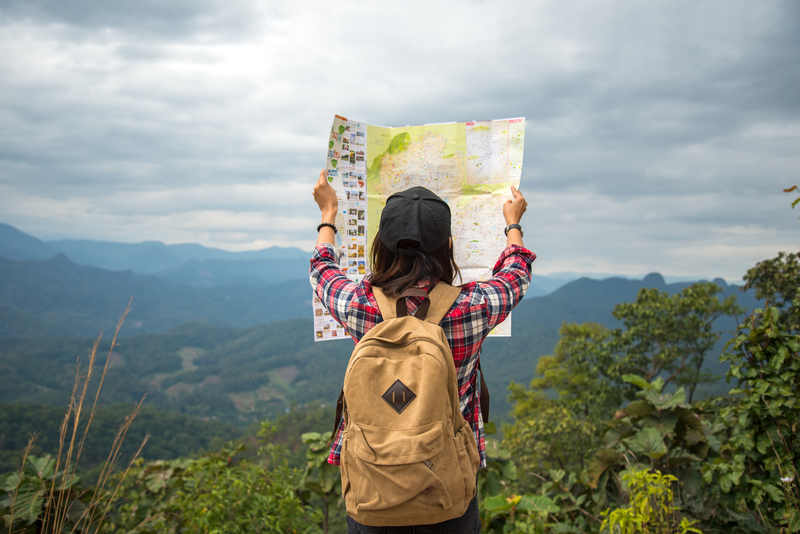Depending on your location, the terrain and the weather, you should be able to use at least one of these methods (or a combination of them) in order to signal for help. Adding this knowledge to your survival skill set will make you even more confident the next time you head out. You can even use something as simple as a mirror to let rescue teams know where you are.
Find a Good Spot
The first thing to do is to find a large open area that’s easy to reach from your shelter (if any). Speaking of large open areas, the spot must be wide enough to allow for a helicopter to land. However, in a survival scenario, you’ll just have to settle for what you have close by.
Always avoid shaded/shadowed areas beneath/adjacent to rocks, big trees, and other obstacles that will obstruct somebody in the air’s view of you.
Use Your Gear
Take a look at your gear and at what’s readily available nearby. Check out and arrange/identify what can be used as a signaling tool.
In our day and age, almost everybody carries a cell phone and/or a GPS gadget. However, high tech gear tends to die quickly and break easily. If you’re lucky enough to have a cell phone with a live battery and at least minimal network coverage, you can try to send an SMS message, even if you don’t have enough reception to initiate a phone call to 911 or a dear friend/ emergency contact. Keep your text short, saying something like: “SOS 50deg48 min 51 sec N 122 deg 29 min 31 sec W fall w broken leg injured call 911” or something similar.
As the general rule of thumb, it’s very important to remember the CLASS acronym with regard to ground to air signaling.
- C stands for Contrast. The best way to signal your presence is by using colors which are in contrast to the background.
- L stands for Location, and it refers to the open area (close to your shelter).
- A stands for Angularity, meaning that in order to catch your rescuer’s eyes, your signals must have as many straight lines and sharp corners as possible.
- S stands for Size. The bigger, the better. Make your letters and fires as big as possible, without burning the forest down.
- Finally, the S stands for shape. A large V-shaped sign means that you’re looking for assistance/help, an X signifies that you’re injured, etc.
If you’re on the move, it’s very important to leave crystal-clear signals, like notes and arrows indicating your intentions.
Use Signal Fires and Smoke
Now, getting back to business, the best (as in field-proven) method to make your presence noticed regardless of whether it’s day or night is by fire.
The international distress signal follows the rule of three, i.e. you must build 3 fires in a straight line (25 meters between the fires) or in a triangle so that you’re not mistaken or a regular camper out having a good time.
An excellent way to attract attention is to set a tree on fire by placing dry wood/combustible material in its lower branches and setting it ablaze. For producing smoke (during the day), add green leaves/small green trees to the fire. For best results, when signaling for help during the day, the color of the smoke should contrast with the background, i.e. white smoke against a dark background and vice versa.
A large fire smothered with moss or green leaves will produce white smoke. To get black smoke, you must add oil soaked rags or rubber to a fire. However, keep in mind that smoke signals are only effective on clear days, sans snow, rain or high winds.
In addition to signal pyres, you can also try to reveal your presence by building mounds.
Write a Message on the Ground
You can also try to write a message/sign on the ground that can be noticed by search and rescue teams flying overhead.
Use a Mirror
Signal mirrors are used for both motion and contrast in sunlight, as they’re pretty good at providing directed flashes toward ground or air searchers. This type of signal goes a long way and it’s especially effective from an elevated position.
Use a Whistle
Seriously speaking, there’s no excuse for not having a whistle in your EDC survival kit. Whistles require little effort (compared to yelling) and they never run out of ammo. Always remember the rule of threes when signaling, including when using a whistle.
Use a Personal Locator Beacon (PLB)
I know, they’re a bit expensive, but better safe than sorry, right?
Do you have any other methods of signaling for help when you’re lost in the wilderness?
Article Source: Survivopedia
